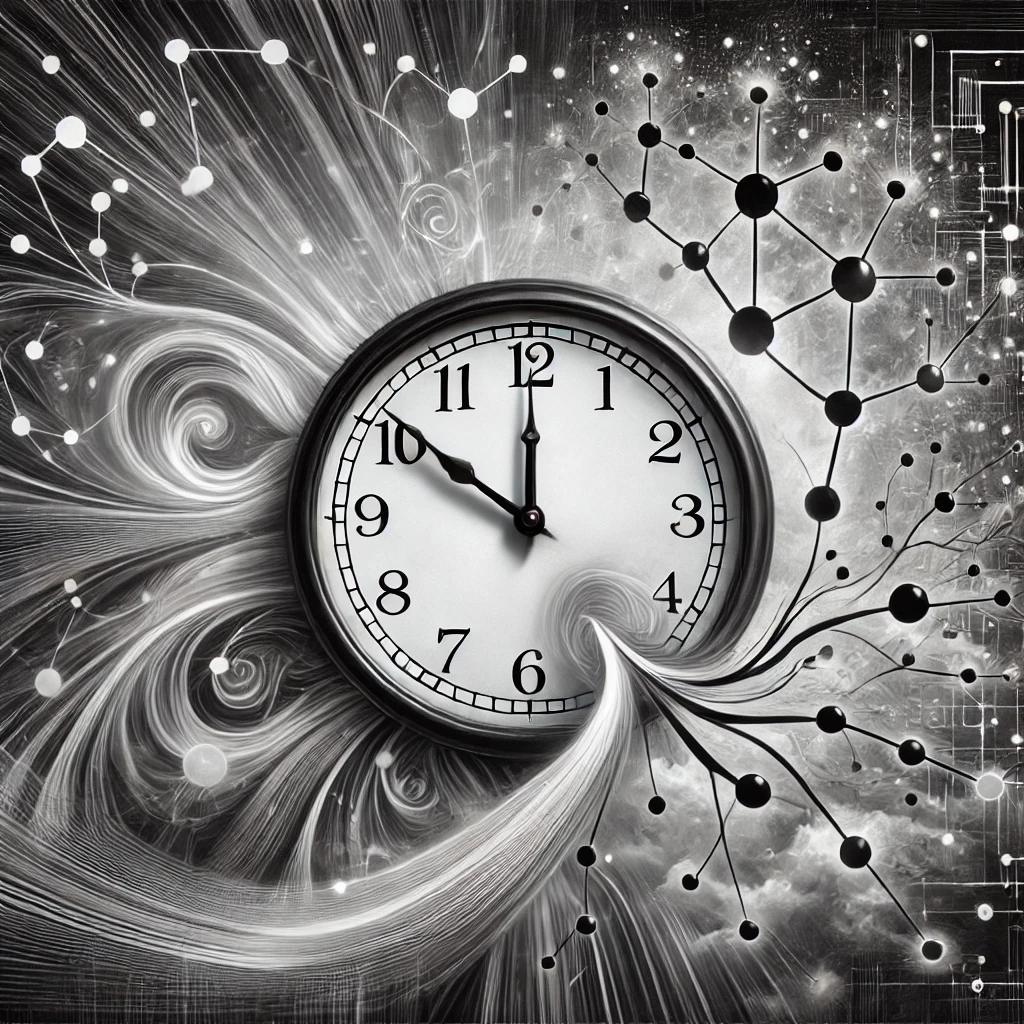Introduction
Recurrent Neural Networks (RNNs) are a class of artificial neural networks designed to handle sequential data. Unlike traditional feedforward neural networks, RNNs have loops that allow information to persist, making them well-suited for tasks such as speech recognition, language modeling, and time-series forecasting.
How RNNs Work
An RNN processes sequential data by maintaining a hidden state that captures past information. At each time step, it takes an input, updates its hidden state, and produces an output. The hidden state acts as memory, allowing the network to learn patterns over time.
Mathematically, an RNN updates its hidden state using:
\[ h_t = f(W_h \cdot h_{t-1} + W_x \cdot x_t + b) \]
where: - \(h_t\) is the current hidden state, - \(h_{t-1}\) is the previous hidden state, - \(x_t\) is the current input, - \(W_h\) and \(W_x\) are weight matrices, - \(b\) is the bias.
Applications of RNNs
RNNs are widely used in: - Natural Language Processing (NLP): Chatbots, text generation, sentiment analysis. - Speech Recognition: Converting spoken language into text. - Time-Series Forecasting: Stock price prediction, weather forecasting.
Limitations & Improvements
One major challenge of RNNs is the vanishing gradient problem, where gradients become too small for effective learning. To address this, Long Short-Term Memory (LSTM) and Gated Recurrent Units (GRUs) were developed, which improve memory retention.
Conclusion
RNNs have revolutionized how machines process sequential data. While they face some challenges, advancements like LSTMs and GRUs have made them more effective for real-world applications.
